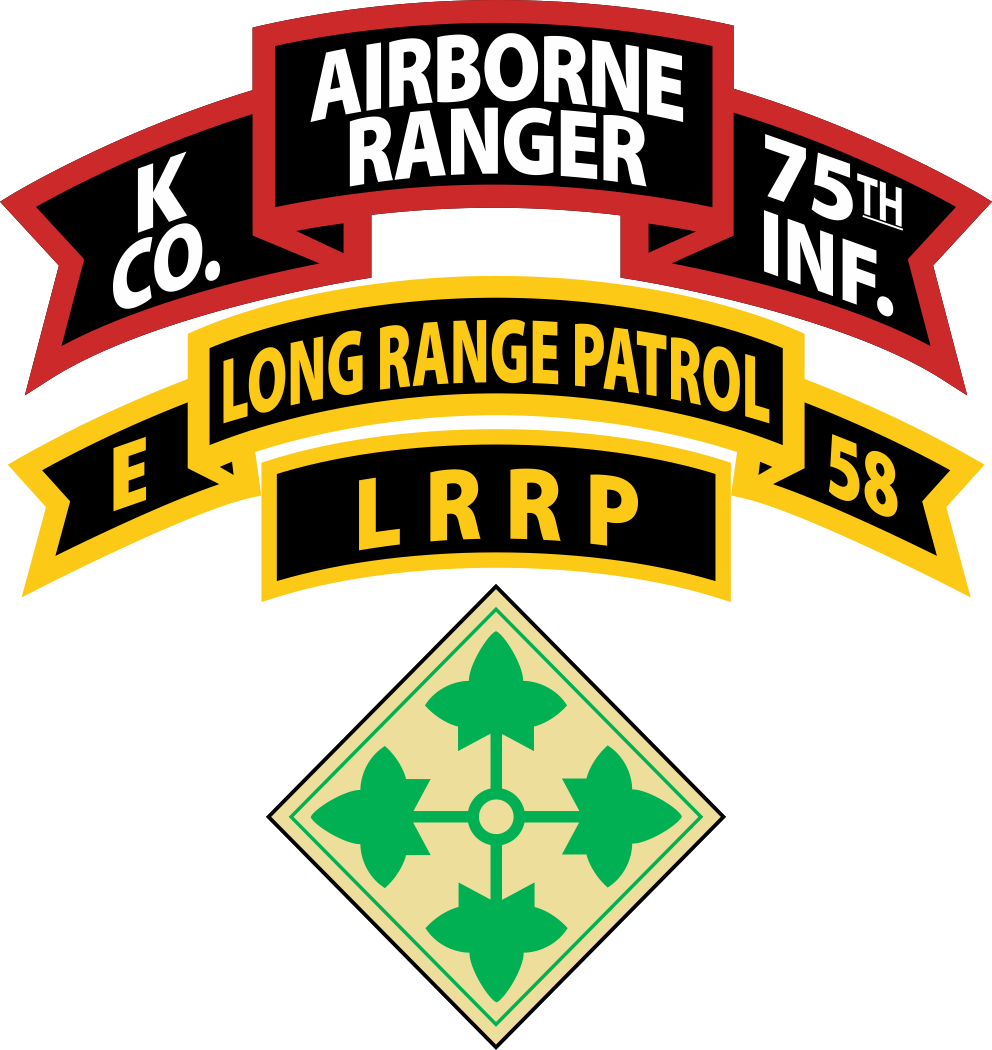Our Hats

I hadn’t considered making this page until I received a phone call from Camet Hawthorne in July 2000. Camet said that our hats were more important to the soldiers than I thought they were, and he thought we should do something on our website. Upon reflection, I suppose it was the one, simple, and tangible thing that identified us as a unit … as a group. At the time … that was very important!
We wore our distinctive bush hats when in Base camp. We wore soft floppy hats when on patrol. If we were being mortared or something we all found steel helmets somewhere!
We wore these hats for practical reasons. It was not to show off.
Bush Hats
When we began the LRRP, we were not an official unit in the paperwork sense. LRRPs were technically TDY from home units. We had no patch, no guidons, no banners … and no real name other than what we made up. At the same time we were based out of the Brigade’s base camp and co-mingled with many other formally designated units. So how should we distinguish ourselves without being ridiculous … or giving the appearance of unearned arrogance? And what would foster some esprit-de-corps among our volunteers? The Bush Hat would.
The Aussie style bush hats were lightweight, had the breezy look with the upturned brim on one side … and were made in olive drab. They were easily obtainable from the local Vietnamese.
I recall that NOT wearing a steel helmet in Base Camp was a treat. Most units were strict and sometimes petty about making soldiers wear those helmets. I understood … but felt the LRRPs were in little danger in Base Camp (we never pulled security duty) and that they would appreciate the degree of freedom. I think it was the right tradeoff … and so did the LRRPs.
And … who was going to say we couldn’t?
Floppy Cammo Hats
Bush hats were only for base camp stand-downs. They were never worn “in the bush”! For patrols we wore soft, camouflaged, floppy hats. Given our mission and need for speed and stealth … a conventional steel helmet provided more danger than protection. Our job was to AVOID firefights.
